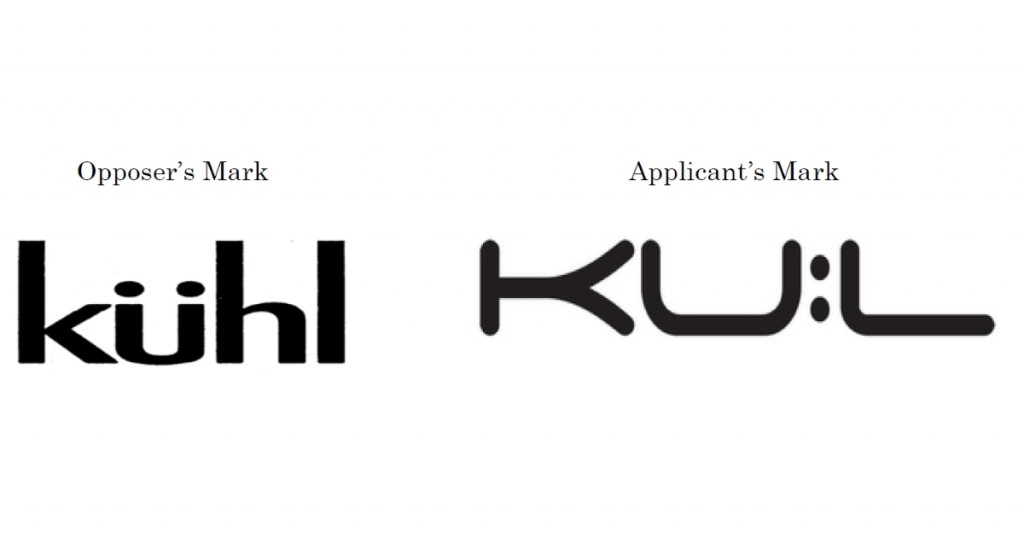
Daniel Shuff applied to register the mark KU:L for bicycles. Alfwear Inc opposed the application based on its registered marks KUHL, KÜHL, and KUUL for lip balm, fabrics clothing, including rugged outdoor clothing.
Alfwear attempted to show that its mark was famous. But showing that a mark is famous is hard. A famous mark must have extensive public recognition and renown. Aflwear presented evidence that:
- it had used the KÜHL mark since 1993,
- it used the mark on 200 styles of outdoor clothing per year,
- it had $33 million in retail sales in 2012,
- it sold over 1 million pairs of pants in 2015,
- it spent about 1.8 million a year between 2012 and 2016 marketing and advertising,
- it sold its products in over 1000 retailers through out the US, including in REI, Scheels, Gander Mountain, and
Eastern Mountain Sports, - its website received 1.3 million visitors in 2016,
- it has a 200,000 customer emails that it sends email blasts to, and,
- it has a Facebook page with 31,129 “likes” and 30,558 followers, a Instagram account with 8,145 followers, and a YouTube channel with 342,838 views.
This was not enough to show that its KÃœHL mark was famous.
The Board noted Alfwear did not provide a context for some of the numbers above. For example, Alfwear did not compare its numbers to the numbers of the overall industry or other competitor brands. The Federal Circuit previously said:
“…raw numbers alone in today’s world may be misleading. For example, a 30-second spot commercial shown during a Super Bowl football game may cost a vast sum, but the expenditure may have little if any impact on how the public reacts to the commercial message. At the other extreme, handbills passed at little cost to millions of consumers (for example, to New Yorkers exiting subway stations) may amount to the kind of advertising that is probative of consumer recognition of a mark. Consequently, some context in which to place raw statistics is reasonable.” Bose Corp. v. QSC Audio Prods., 293 F.3d 1367, 1375 (Fed. Cir. 2002).
It also said, “A tiny percentage of the market share for the product or a small share of advertising revenues for the product market could undermine the weight given to the figures for assessment of fame.”Â
While Alfwear did not establish that its mark was famous, the evidence did persuade the Board that Alfwear’s KÃœHL mark was strong.
Alfwear ultimately prevailed as the Board found that there was a likelihood of confusion between Alfwear’s marks and Shuff’s mark. The Board said:
Because the marks are similar, and the goods are related and move in the same channels of trade, and Opposer’s “rugged outdoor clothing” may be purchased by consumers exercising a low degree of purchasing care, we find that Applicant’s mark KU:L (stylized) for “bicycles” is likely to cause confusion with Opposer’s mark KÃœHL (stylized) for “rugged outdoor clothing, namely, jackets, shirts, pants, shorts, t-shirts,
and hats.”
Citation: Alfwear Inc. v. Shuff, Opp. No. 91224467 (TTAB 2017).